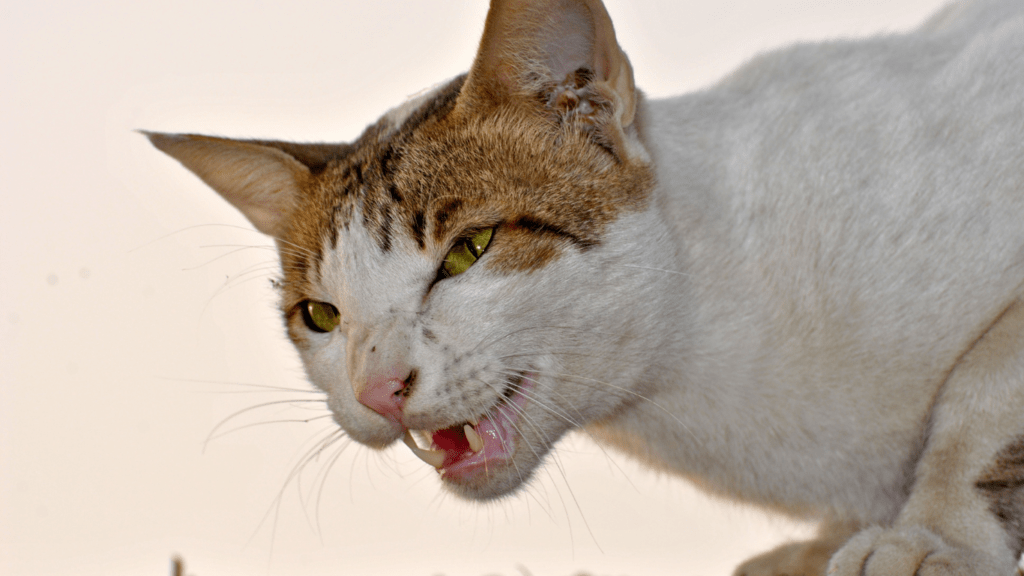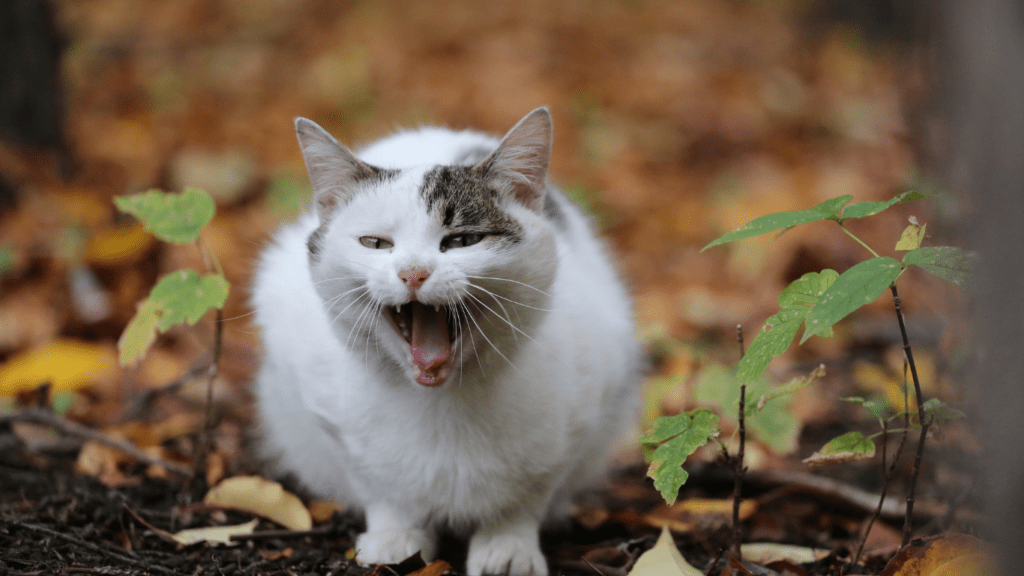As a cat owner, understanding feline territory marking is crucial in maintaining a harmonious environment at home. It’s not uncommon for our feline friends to exhibit this behavior, but knowing the reasons behind it can help us address it effectively. In this article, I’ll delve into why cats mark their territory and provide practical tips on how to manage this behavior.
From scratching furniture to spraying, cats have unique ways of claiming their space.
By exploring the root causes of feline territory marking, we can develop strategies to minimize its impact on our homes. Join me as I share insights on deciphering your cat’s marking habits and implementing positive reinforcement techniques to redirect this behavior.
Understanding Feline Territory Marking
Exploring feline territory marking sheds light on a crucial aspect of cat behavior. As a cat owner, understanding why your feline friend engages in this behavior is key to creating a balanced and comfortable living space. Cats mark their territory for specific reasons that are deeply ingrained in their nature and instincts.
By grasping the motives behind this behavior, you can proactively address it and foster a harmonious relationship with your pet.
Reasons Behind Feline Territory Marking
As a cat behavior expert, I’ll delve into the reasons behind feline territory marking to help you understand your pet better and create a harmonious home environment.
Natural Instinct
I see feline territory marking as a natural instinct deeply ingrained in cats. Cats are territorial animals by nature, and marking their territory with scent signals is a way for them to communicate with other cats in the area. It’s essential for them to establish their presence and boundaries in their environment.
Stress or Anxiety Triggers
In my experience, stress or anxiety can also trigger feline territory marking. Changes in the household, such as moving to a new home, introducing a new pet, or disruptions in their routine, can lead to feelings of insecurity in cats. As a result, they may resort to marking their territory as a way to cope with these stressors.
Identifying and addressing the underlying causes of stress is crucial in managing this behavior effectively.
Effects of Feline Territory Marking
Understanding the effects of feline territory marking is crucial for cat owners. Effects are as follows:
- Social Communication: One effect of territory marking is its role in social communication among cats.
- Stress Indicator: It can also serve as a stress indicator, highlighting when a cat is feeling anxious or threatened.
- Territorial Defense: Territory marking is a way for cats to assert their territory, defending it from perceived intruders.
- Behavioral Issues: In some cases, excessive territory marking can lead to behavioral issues, affecting the cat’s well-being and the household dynamics.
Understanding these effects can help owners address territory marking proactively.
Tips to Address Feline Territory Marking
To tackle feline territory marking effectively, there are several strategies that cat owners can implement. Here are some practical tips to address this behavior:
- Provide Multiple Litter Boxes: Ensuring there are enough litter boxes in different areas of your home can help discourage territorial marking. The general rule is to have one more litter box than the number of cats in the household.
- Maintain a Clean Environment: Regularly clean and remove any marked areas with enzymatic cleaners to eliminate the scent that encourages cats to mark their territory repeatedly.
- Reduce Stress Triggers: Identify and minimize sources of stress in your cat’s environment. This can include providing hiding spots, vertical spaces, and designated perches for your cat to feel secure.
- Enrichment Activities: Engage your cat in interactive play sessions, provide scratching posts, puzzle feeders, and toys to keep them mentally and physically stimulated, reducing the likelihood of territory marking.
- Positive Reinforcement: Reward good behavior with treats, praise, or playtime to reinforce positive actions and encourage your cat to engage in desired behaviors instead of marking territory.
- Consult a Veterinarian: If territory marking persists despite trying these strategies, consult with a veterinarian to rule out any underlying medical issues or to explore additional behavior modification techniques.
Implementing these tips consistently and patiently can help manage feline territory marking and promote a harmonious environment for both you and your beloved feline companion.


 Rudylier Alejandrosh, the visionary founder of Animal Potty Care, created the platform out of a deep passion for improving pet care solutions and enhancing the relationship between pets and their owners. With years of experience as a dedicated pet enthusiast, Rudylier recognized the challenges pet owners face in managing their pets' behavior, especially in areas like potty training and travel care. His commitment to making pet ownership easier and more enjoyable is reflected in the resources and guidance provided on the platform, which empowers pet owners with practical tips, innovative solutions, and a better understanding of their pets' needs.
Rudylier Alejandrosh, the visionary founder of Animal Potty Care, created the platform out of a deep passion for improving pet care solutions and enhancing the relationship between pets and their owners. With years of experience as a dedicated pet enthusiast, Rudylier recognized the challenges pet owners face in managing their pets' behavior, especially in areas like potty training and travel care. His commitment to making pet ownership easier and more enjoyable is reflected in the resources and guidance provided on the platform, which empowers pet owners with practical tips, innovative solutions, and a better understanding of their pets' needs.